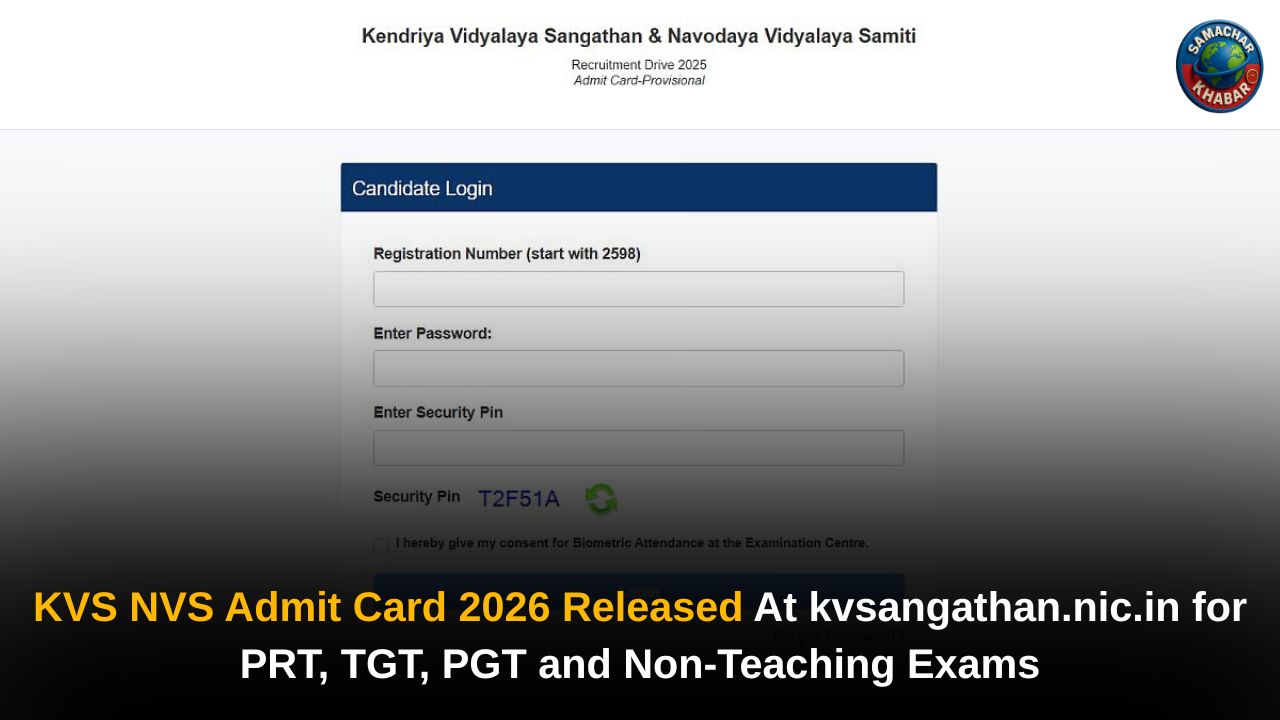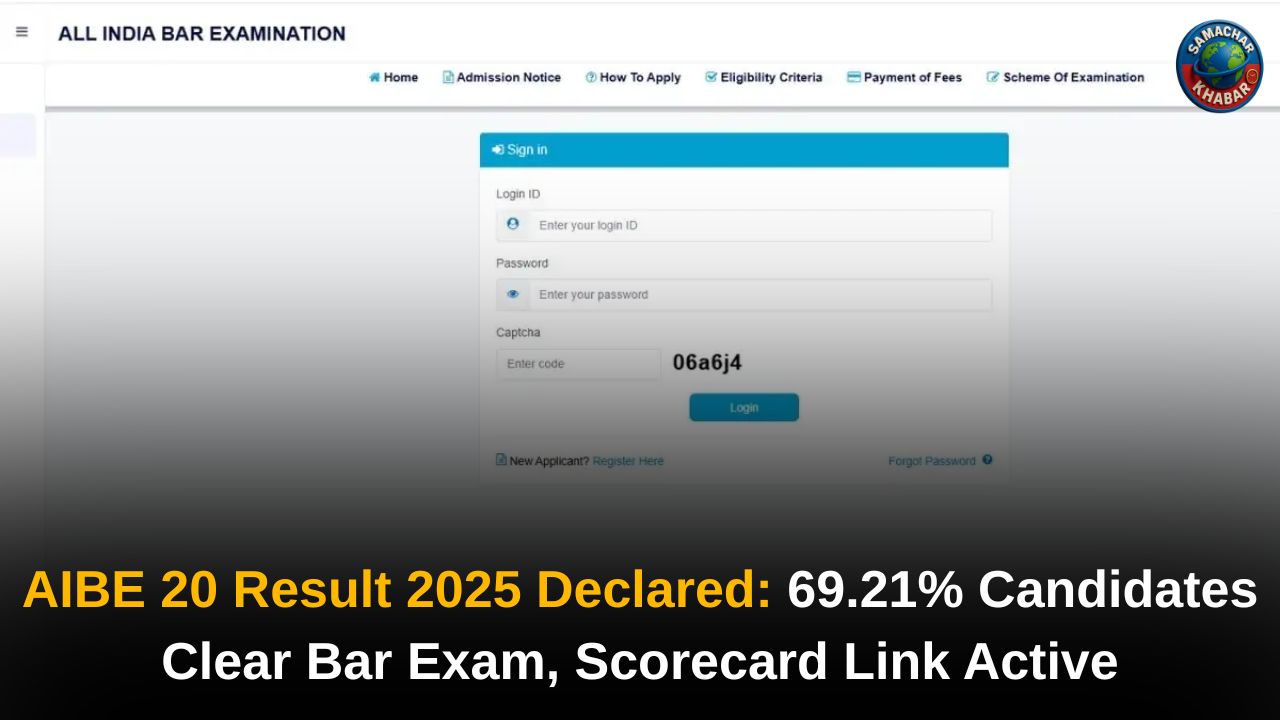The anticipation is palpable. For millions of central government employees and pensioners, the latest 8th Pay Commission news is not just a headline—it’s a matter of financial security and future planning. With the rising cost of living and the decade-long gap since the 7th Pay Commission, the upcoming pay revision is a topic of immense importance. But what exactly is the latest on the 8th Pay Commission? Let’s cut through the noise and delve into the crucial details you need to know.
What is the 8th Pay Commission?
A Pay Commission is a body constituted by the Government of India to review and recommend changes to the salary structure, allowances, and pensions of central government employees. These commissions are typically formed every ten years to ensure that government salaries keep pace with inflation and economic growth.
The 7th Pay Commission, which was implemented in 2016, revised the pay scales for approximately 49 lakh central government employees and 65 lakh pensioners. Now, the focus has shifted to the 8th Pay Commission, which is set to address the current economic realities and provide a much-needed financial uplift.
The government officially announced its intention to establish the 8th Pay Commission in January 2025. However, since then, there have been some delays in the formal constitution of the panel and the finalization of its Terms of Reference (ToR). This has led to growing concerns among employees and pensioners, who are eagerly awaiting a concrete timeline for its implementation.
Key Speculations and Salary Hike Expectations
While the official recommendations are still awaited, various reports and expert analyses have painted a picture of what to expect from the 8th Pay Commission. The central point of these discussions is the “fitment factor,” which is a multiplier applied to the existing basic pay to calculate the new one.
- Fitment Factor: The 7th Pay Commission had a fitment factor of 2.57. For the 8th Pay Commission, experts have speculated a range from 1.83 to as high as 2.86. A higher fitment factor would result in a more substantial salary increase.
- Minimum Basic Pay: Based on a fitment factor of 2.28, some reports suggest the minimum basic pay could be increased from the current ₹18,000 to around ₹41,000.
- Overall Salary Hike: The expected salary increase is a major point of interest. A report by Ambit Capital projects a potential salary and pension hike of 30-34%. Another report by Kotak Institutional Equities projects a more conservative 13% increase. The actual hike will depend heavily on the final fitment factor recommended by the commission.
How Your Salary Will Be Calculated Under the 8th Pay Commission
Understanding the new pay structure is crucial. The formula for the revised basic pay is simple:
New Basic Pay = Existing Basic Pay x New Fitment Factor
It’s also important to note how Dearness Allowance (DA) will be treated. As with previous pay commissions, the current DA, which is expected to reach 70% by January 2026, will likely be merged with the basic pay. This means that while your basic salary will see a significant jump due to the fitment factor, the effective increase will be slightly lower once the DA component is reset to zero.
Let’s consider a real-world example: an employee with a current basic salary of ₹25,000.
- Scenario 1 (Fitment Factor 2.15): New Basic Pay = ₹25,000 x 2.15 = ₹53,750
- Scenario 2 (Fitment Factor 2.86): New Basic Pay = ₹25,000 x 2.86 = ₹71,500
This shows the massive difference a fitment factor can make, highlighting why the final recommendation will be so impactful for millions of employees.
Expected Implementation Timeline and Potential Delays
The official implementation date for the 8th Pay Commission is set for January 1, 2026. However, there are growing concerns about the timeline. Historically, pay commissions have taken a significant amount of time—often 18 to 24 months—from their constitution to the submission of their final report. Given that the panel has not yet been formally constituted, a timely implementation by January 2026 seems highly unlikely.
The government has assured employees that it is actively consulting with state governments and an announcement regarding the panel’s constitution will be made soon. While delays are possible, it’s widely expected that any revised pay will be implemented with retrospective effect from the designated date, with employees receiving arrears for the intervening period.
Impact Beyond Salaries: Pensions and Allowances
The 8th Pay Commission isn’t just about a salary hike for serving employees. It will have a profound impact on pensioners as well. Their monthly pensions, which are calculated as a percentage of their last drawn basic pay, will also be revised upwards.
In a landmark move, some reports suggest a proposal to raise the minimum basic pension from the current ₹9,000 to ₹25,000. This change alone would provide a significant boost to the financial security of millions of retired government officials.
The commission is also expected to review and possibly abolish or merge several allowances to simplify the pay structure, similar to the approach taken by the 7th Pay Commission. Allowances like travel allowance, special duty allowance, and various regional allowances are under scrutiny.
Visualizing the Change: The Pay Matrix
To truly grasp the impact of the upcoming revision, an infographic would be invaluable.
Image/Infographic Suggestion: Create a simple, clear infographic titled “8th Pay Commission Impact: Before & After.”
- Left Side (Before): Display a simple pay matrix showing a few selected pay levels (e.g., Level 1, Level 5, Level 10) with their corresponding minimum basic pay from the 7th Pay Commission (e.g., ₹18,000, ₹29,200, ₹56,100).
- Right Side (After): Show the same levels with their projected minimum basic pay under the 8th Pay Commission, based on a hypothetical fitment factor (e.g., ₹41,000, ₹66,750, ₹1,28,400).
- Central Element: A prominent arrow or icon in the middle showing a percentage increase, such as “30-34% Hike,” to visually represent the change. This would be a powerful, at-a-glance summary for readers.
8th Pay Commission
The 8th Pay Commission news is a dynamic and evolving story. While there are delays in the formal constitution of the panel, the government has given its assurance that the process is moving forward. The potential for a significant salary and pension hike, along with a revised pay matrix, has generated immense hope among central government employees and pensioners.

















